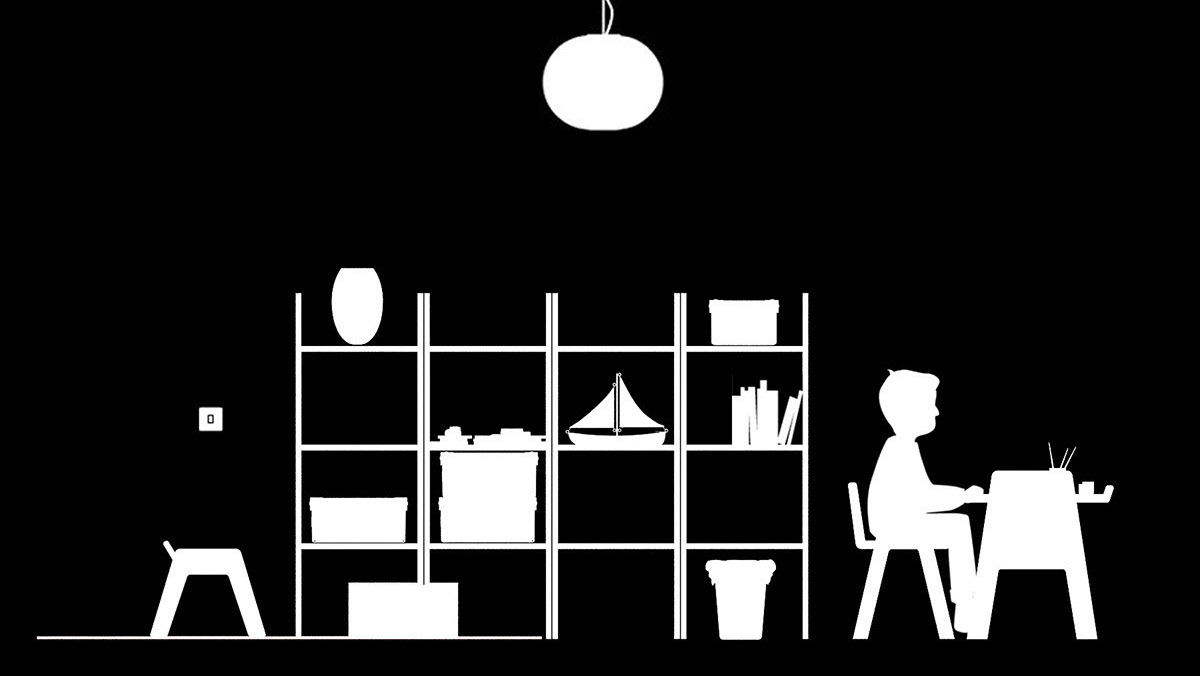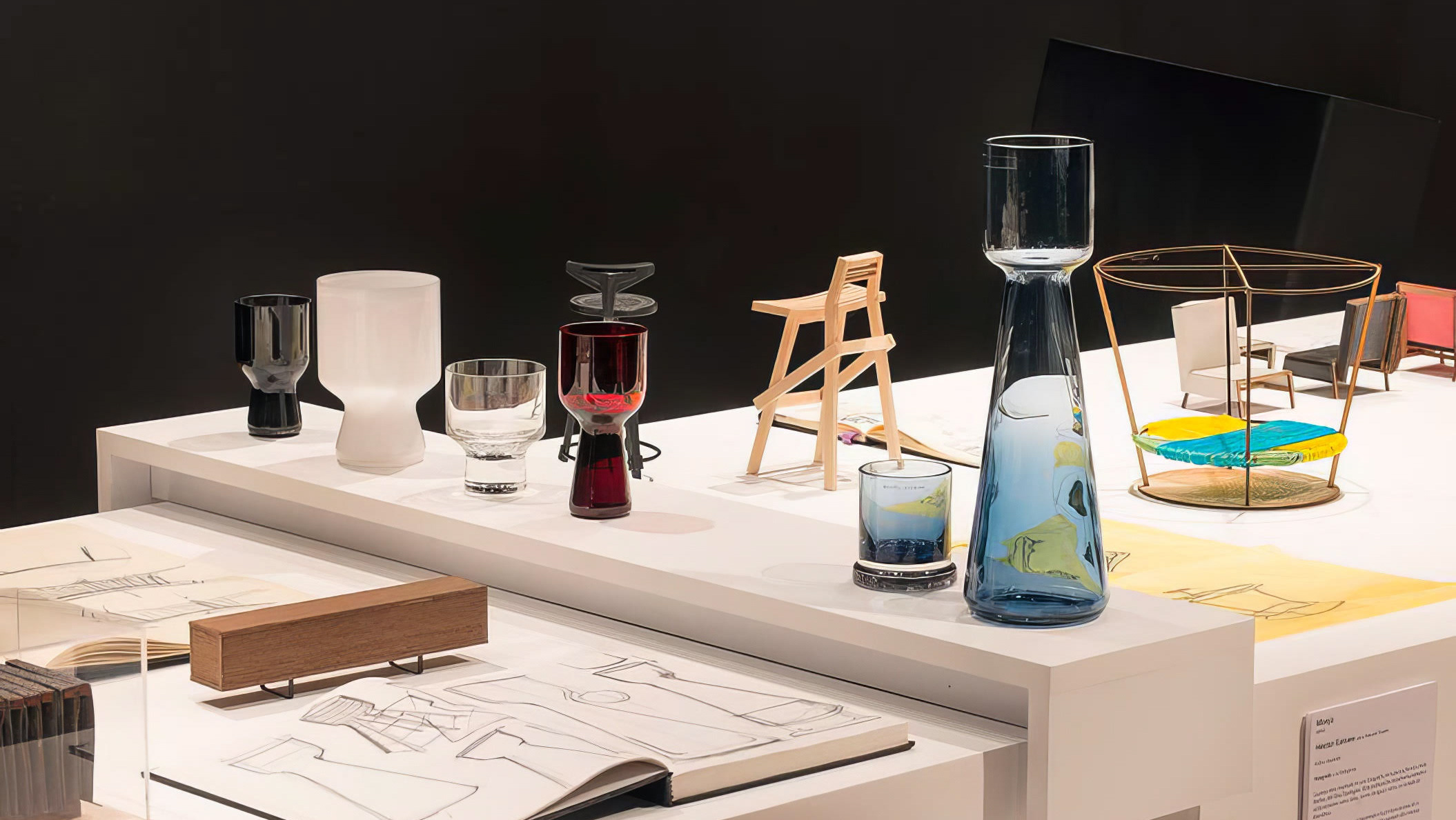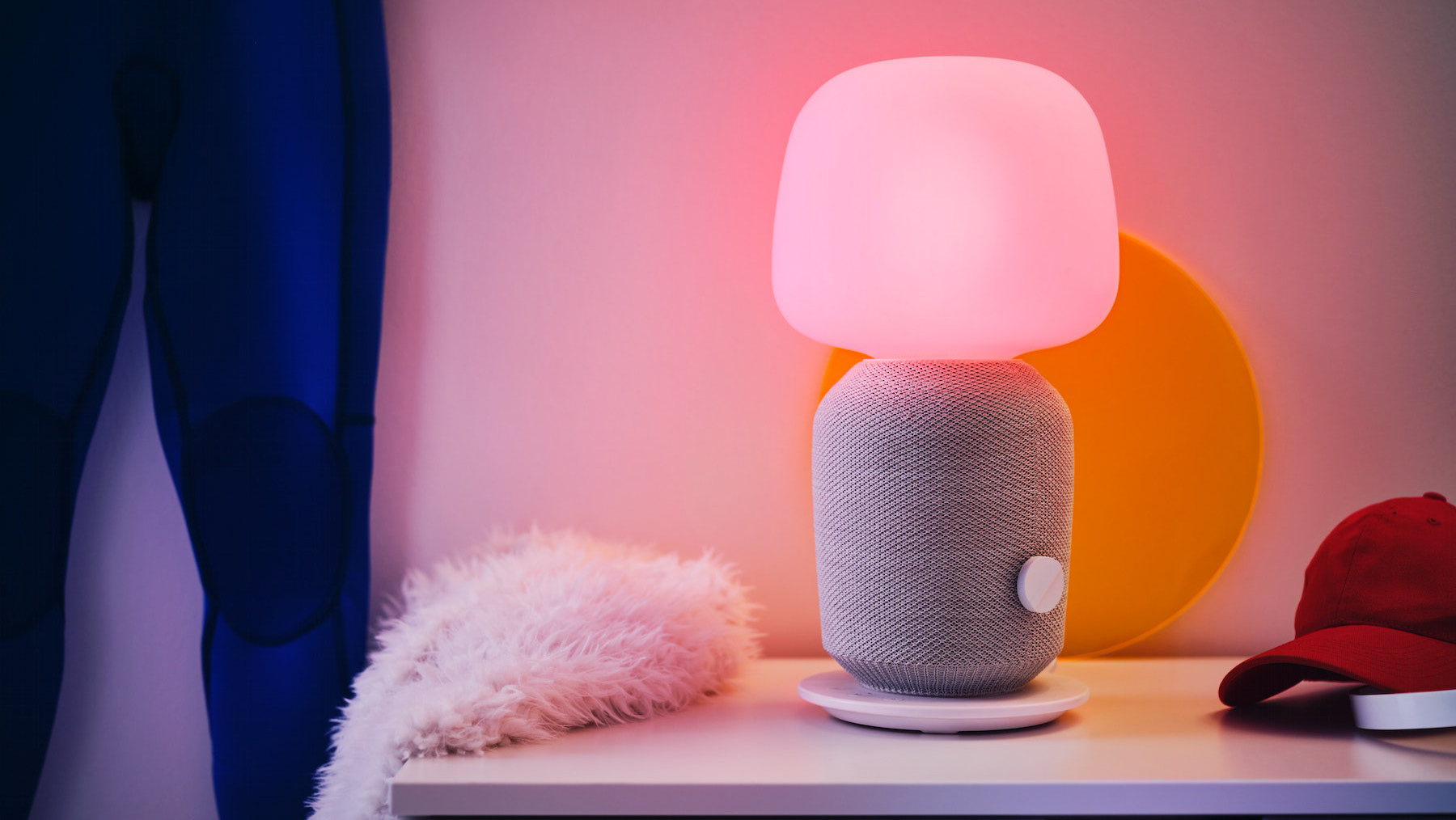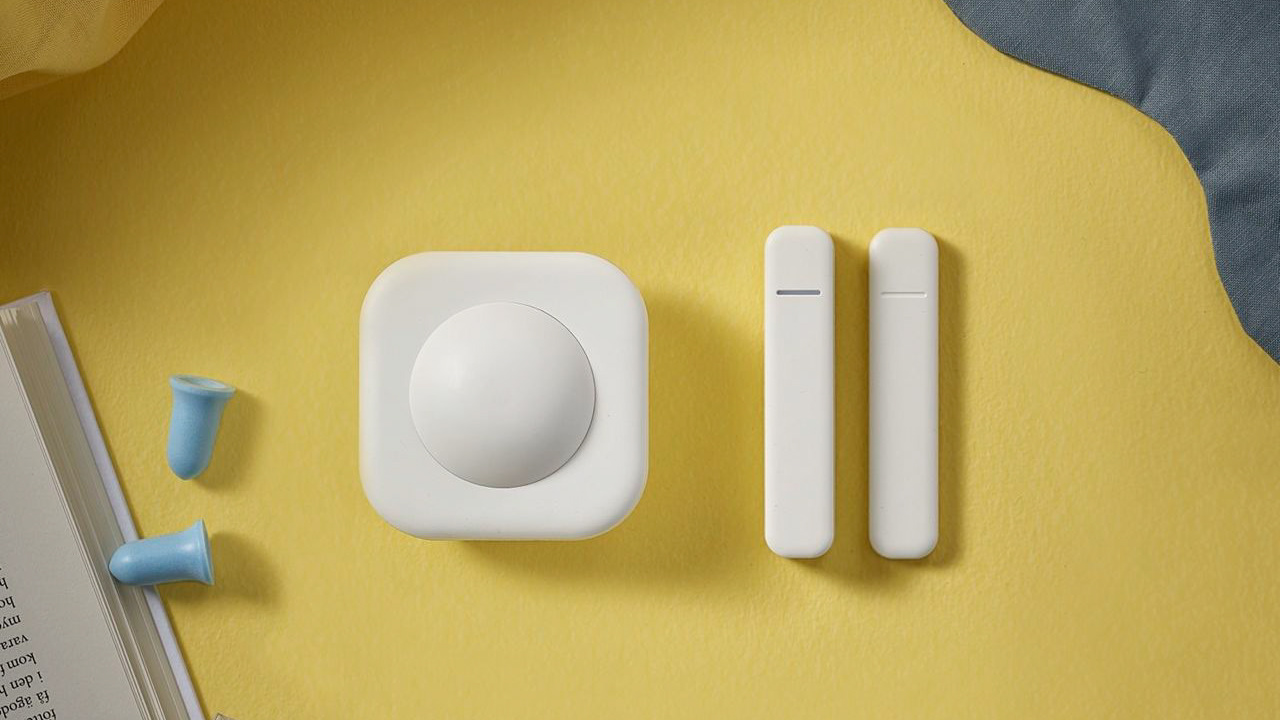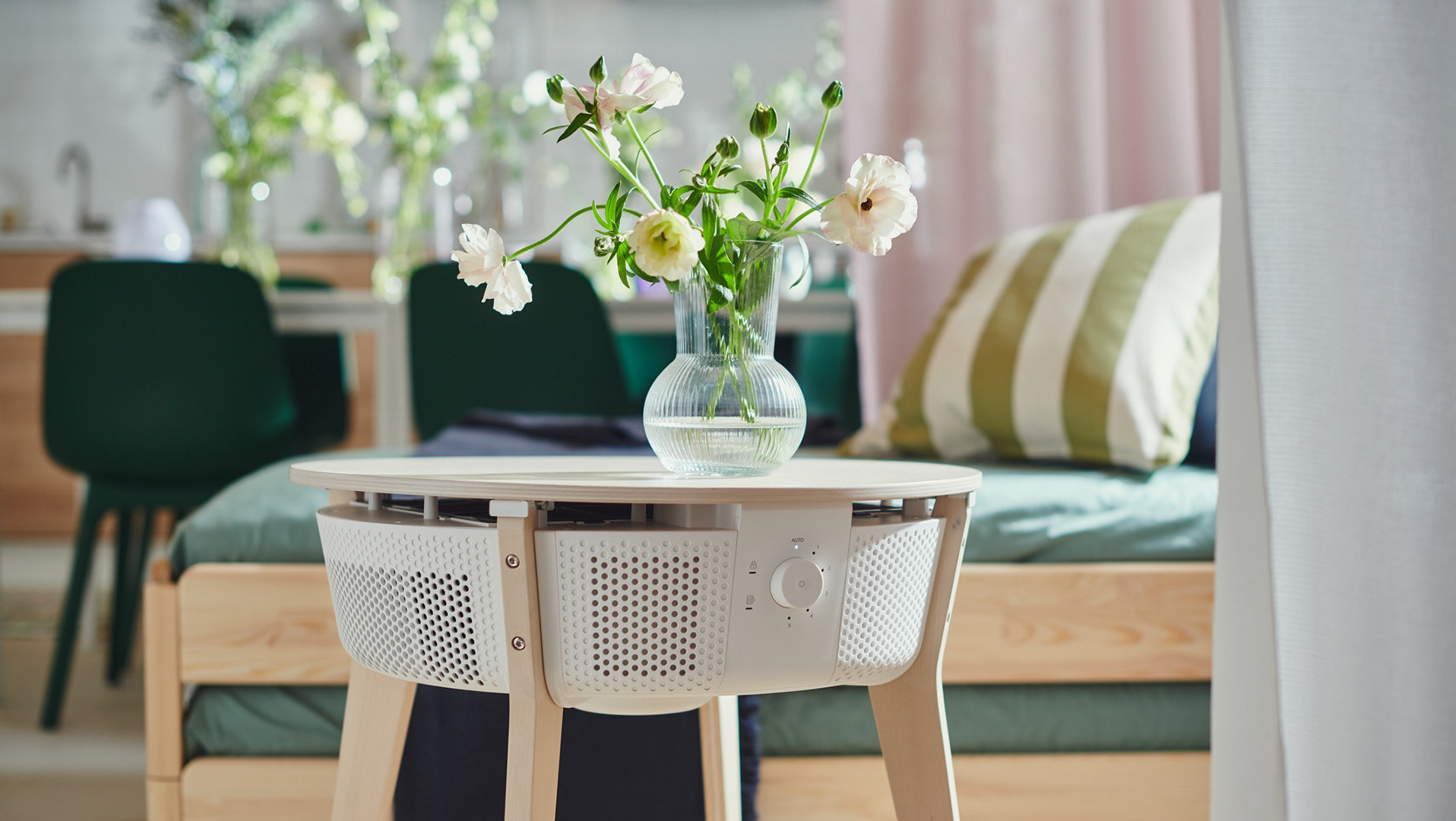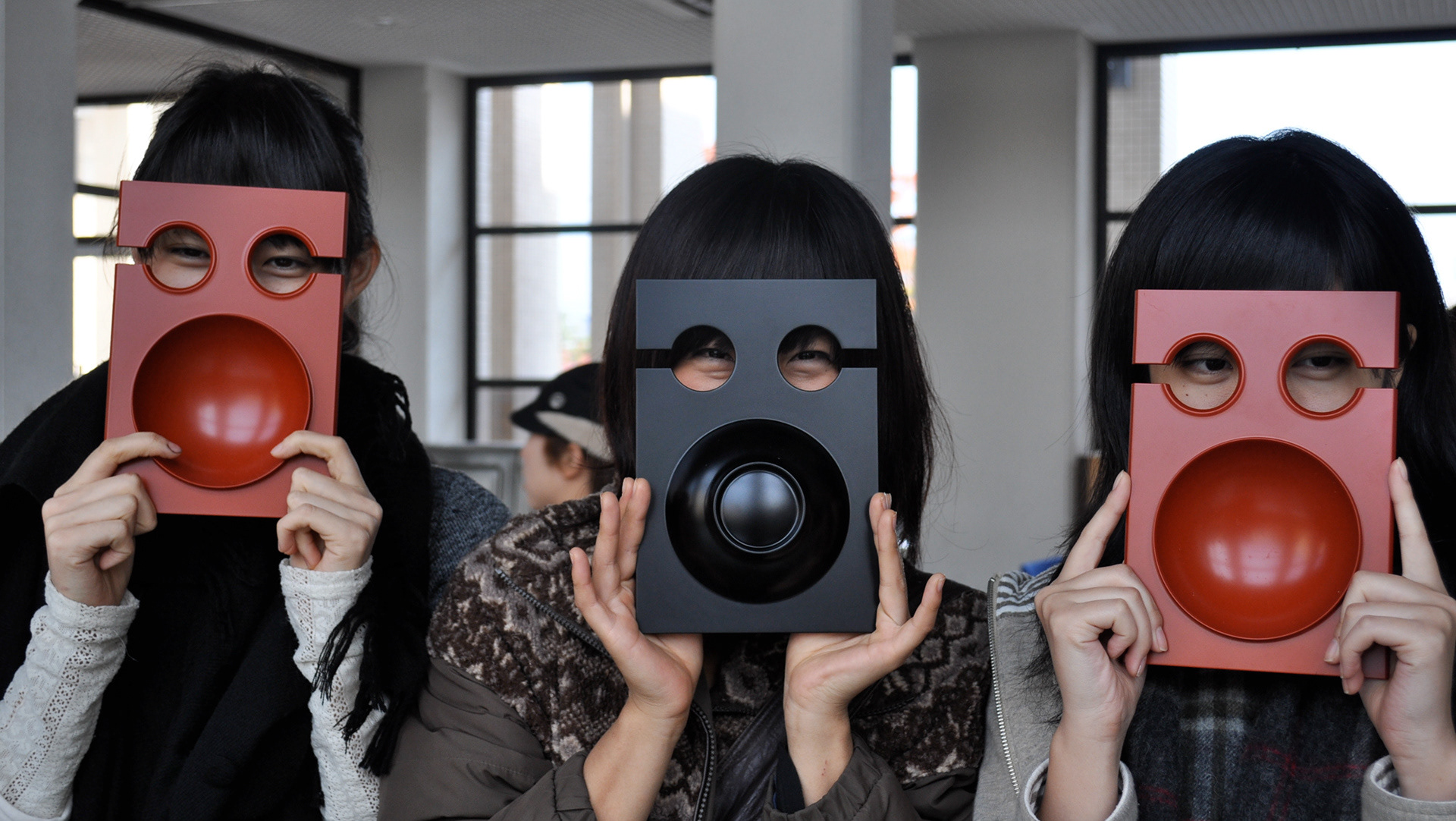THE PURPOSE
The large majority of us (technology users) encounter problems when using tech. We usually need help from others to help us navigate and use even the simplest gadget. Technology often fails to recognise three aspects: the diversity of people that interact with it, the context in which technology is used and how vulnerable we are as human beings.
Usability testing for smart home products not only helps development teams find the usability issues that were not expected. Testing builds intuition, lowers development costs and helps people develop empathy for the users. Ultimately it leads to create better products and services.
IKEA Home Smart business area needed to gather user insights on their connected product range to ensure that the development teams are prioritising and maximising their efforts on the most valuable areas going forward. Frequently we see that development teams spend a lot of time fixing product shortcomings rather than gathering feedback that could lead to product enhancements and potential new business opportunities.
IKEA Home smart test lab - 2020
THE PROBLEM
Lack of testing tech with end users leads to unhappy user experiences, poor quality, returns, postponing product launches or damaging the brand.
Cost of poor quality (COPQ) is associated with the lack of testing during the development process. In 2019 IKEA Home smart established usability testing as a requirement for product launch. The usability testing method is now implemented into the IKEA Develop New Products (DNP) process.
Usability test for IKEA connected blinds - 2018
THE USABILITY TESTING METHOD
The objective of each testing study is to assess the usability with focus on the end to end user experience including the product setup, product control (via App, remotes, voice control and automations) and product maintenance.
I conducted usability studies for home tech in both controlled environments (test labs) and in people homes around the world. The studies were both moderated and unmoderated. The results point to satisfactory levels of usability of the assessed smart home tech. The test generates a large quantity of objective information, which provides an exhaustive identification of aspects that could be improved.
Identified user pinpoints are highlighted and categorised as follows:
• • • • Critical Issues: can make some users unable or unwilling to complete a common task.
• • • Serious issues: can lead to a significant decrease in in efficiency and may cause some users to find a workaround.
• • Medium issues: can make some users feel confused or irritated but will not affect task completion. They may increase cognitive load.
• Minor issues: are quality problems, e.g. cosmetic issues. Note: too many "minor issues" con negatively affect the credibility and damage the brand.
IKEA FYRTUR usability test - 2018
MY CONTRIBUTION
I lead the usability testing practice at IKEA Home smart. I implemented a framework for testing on a wide range of tech products including: smart lighting, sound, connected blinds, and other home tech products. The process was designed to optimise and enable faster feedback loops for the development teams. Identification of usability issues ware documented using a mixed methods approach including story telling and severity rating scale which allows the development team to make informed prioritizations around re-design and identify opportunities for product range enhancement.
The usability testing method is now implemented into the IKEA Develop New Products (DNP) process.
FYRTUR, IKEA connected blinds - 2020
THE TEAM
For the development of this method based on the Heuristic Evaluation System Checklist (HESC) I had the joy to collaborate with the two brilliant researchers: Marlies Kolodziey and Sally White.

